
Breathe Easy: Balcony Compost Bin Odor Control
Chosen theme: Balcony Compost Bin Odor Control. Welcome to your fresh-air guide for small-space composting. We blend science, stories, and practical fixes so your bin stays neighbor-friendly and your herbs smell like herbs—not compost. Subscribe for weekly odor-proof tips!



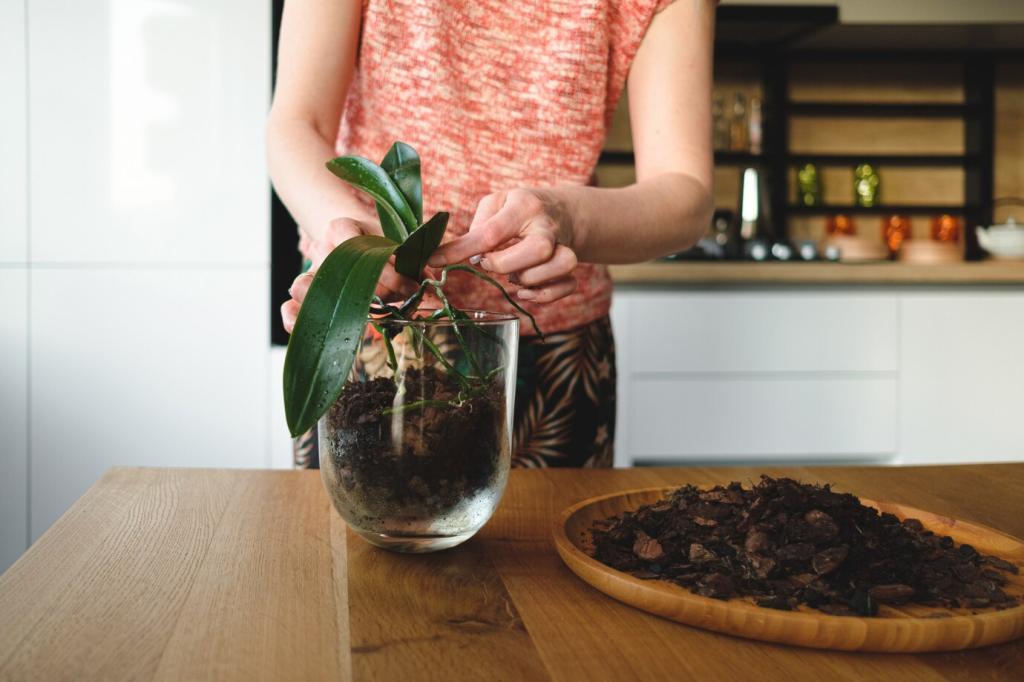
Choose a bin that contains and breathes
Pick a unit with a tight-fitting lid, side vents, and a raised base for drip control. Carbon filters or biochar inserts help scrub odors. A leachate tray or drain spigot prevents swampy conditions inside.
Dial in the carbon-to-nitrogen balance
Aim for roughly two to three parts browns—shredded cardboard, dry leaves, coir—to one part greens like kitchen scraps. Mix gently as you add. Balanced inputs reduce ammonia, encourage healthy microbes, and keep your balcony air pleasant.
Prioritize airflow and drainage
Elevate the bin on risers, ensure bottom airflow, and avoid placing it flush against a wall. A breathable liner and perforated sides promote circulation, while a drain path stops stagnant leachate from triggering dank smells.
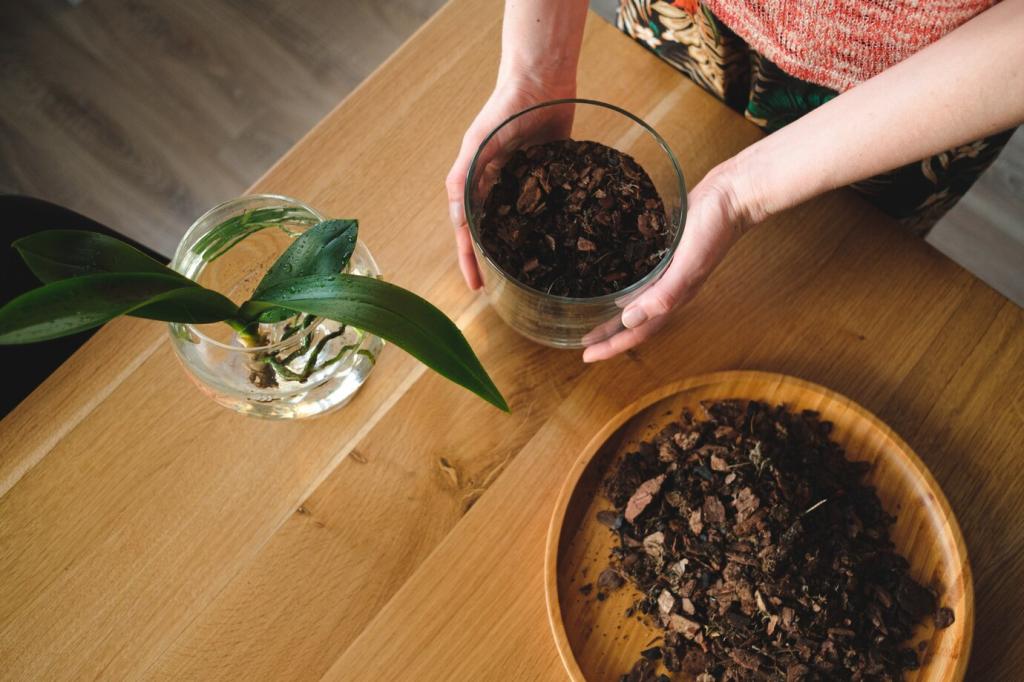
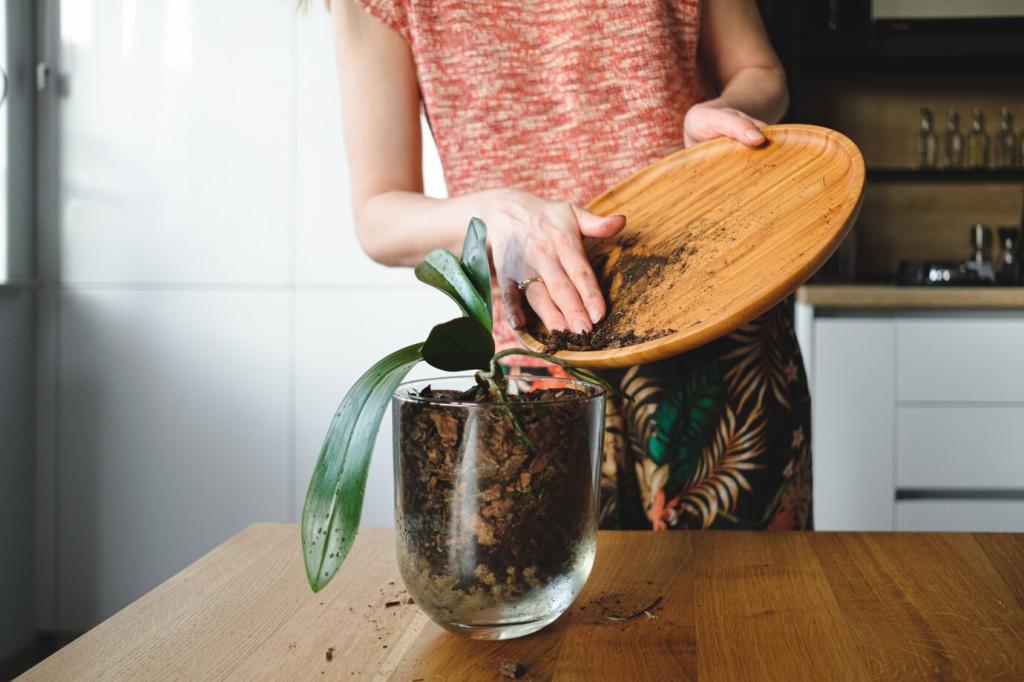
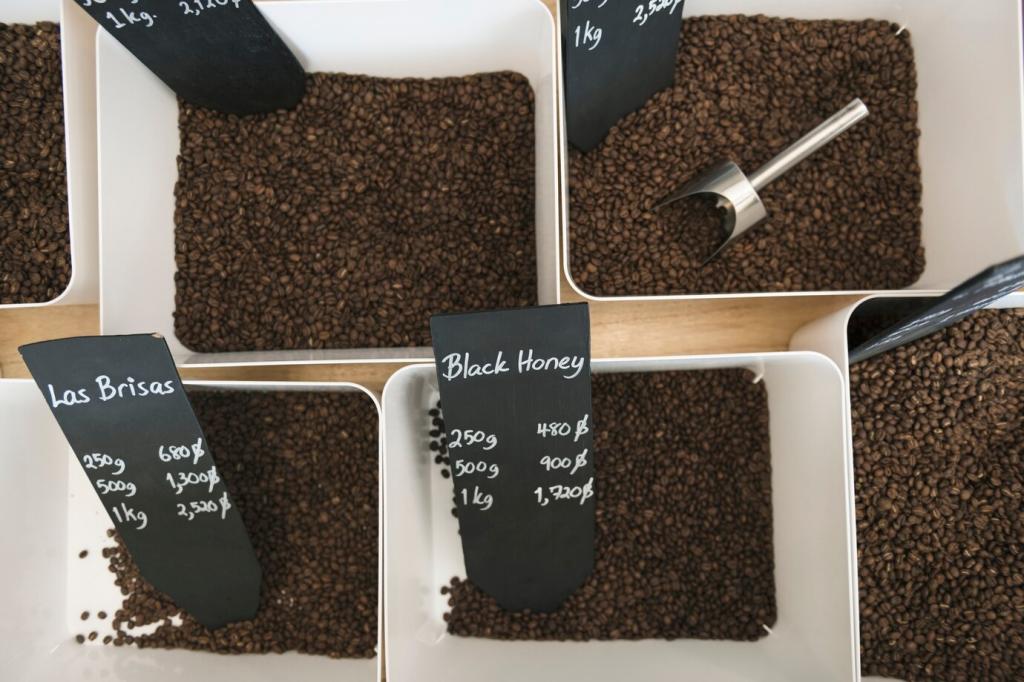
Moisture Mastery for Fresh-Smelling Compost
Grab a handful and squeeze. A wrung-out sponge feel means perfect moisture. If it drips, mix in dry browns. If it crumbles, mist lightly. Balanced moisture limits anaerobic pockets and nasty, lingering odors.
Moisture Mastery for Fresh-Smelling Compost
Move the bin under cover before storms, and clip a breathable rain hood over vents. In humid climates, add extra browns and lift the bin for airflow. Preventing rain intrusion prevents swampy, sulfurous odors quickly.
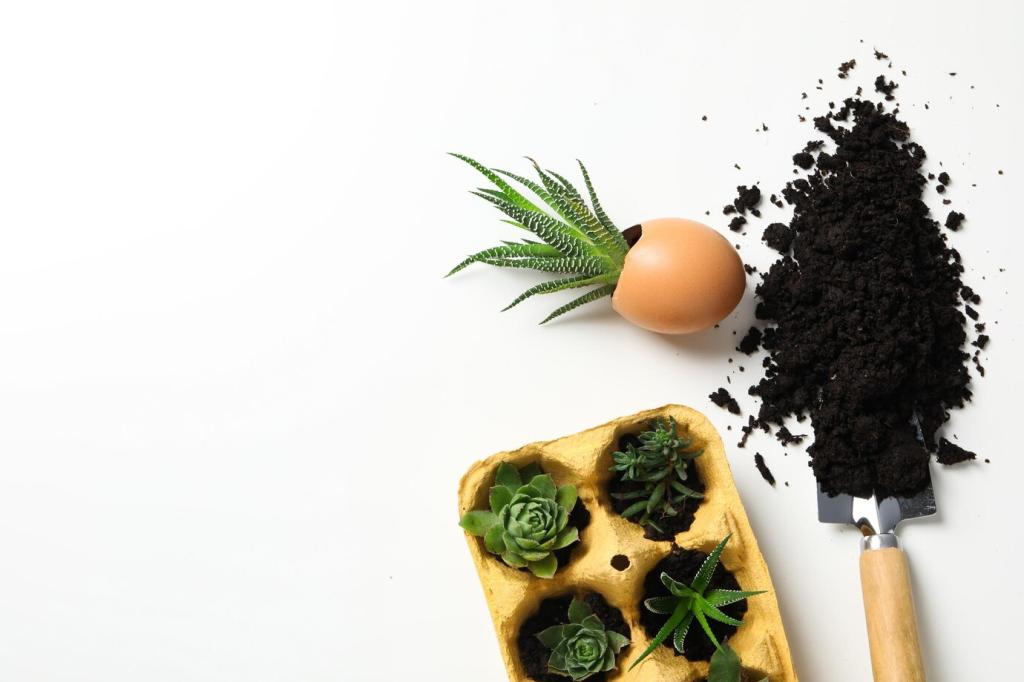
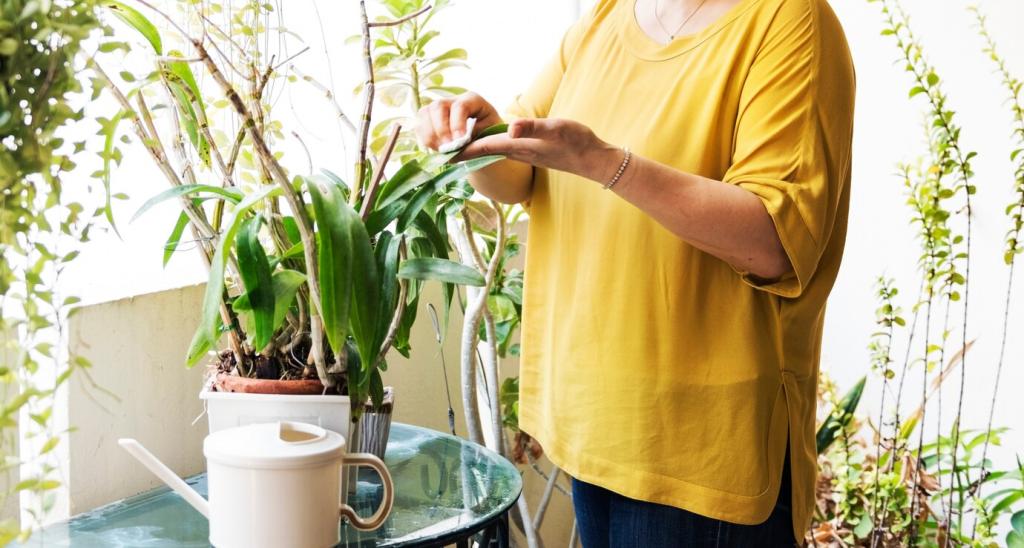
Smart Habits and Maintenance Routines
Feed small, cap immediately
Add scraps in small batches and immediately cover with a thick layer of dry browns. This suppresses odors, deters fruit flies, and keeps your bin balanced even when your week runs unpredictably long.
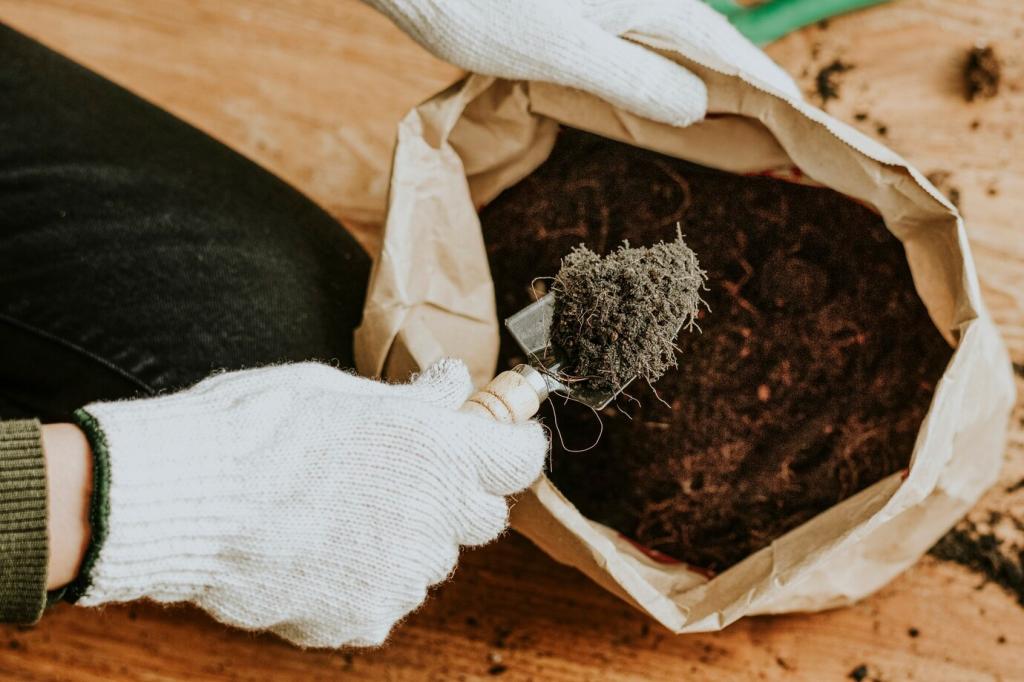
Neighbors, Pets, and City Life
01
Placement with people in mind
Position the bin downwind from seating, away from shared walls, and off hot sun patches. Soft felt filters and discreet screens help keep odors contained without turning your balcony into a sealed box.
02
Pest deterrence without harshness
Bury fresh scraps, keep lids sealed, and add a fine mesh over vents. Fruit fly traps near the bin’s exterior catch wanderers. Clean spills immediately to avoid teaching raccoons your balcony’s dinner schedule.
03
Quiet composting etiquette
Choose a smooth, low-noise tumbler, avoid clanking during late hours, and store browns in soft containers. Thoughtful routines keep odors in check and maintain friendly relationships with neighbors sharing the same city air.
Troubleshooting: From Sulfur Whiffs to Ammonia Bursts
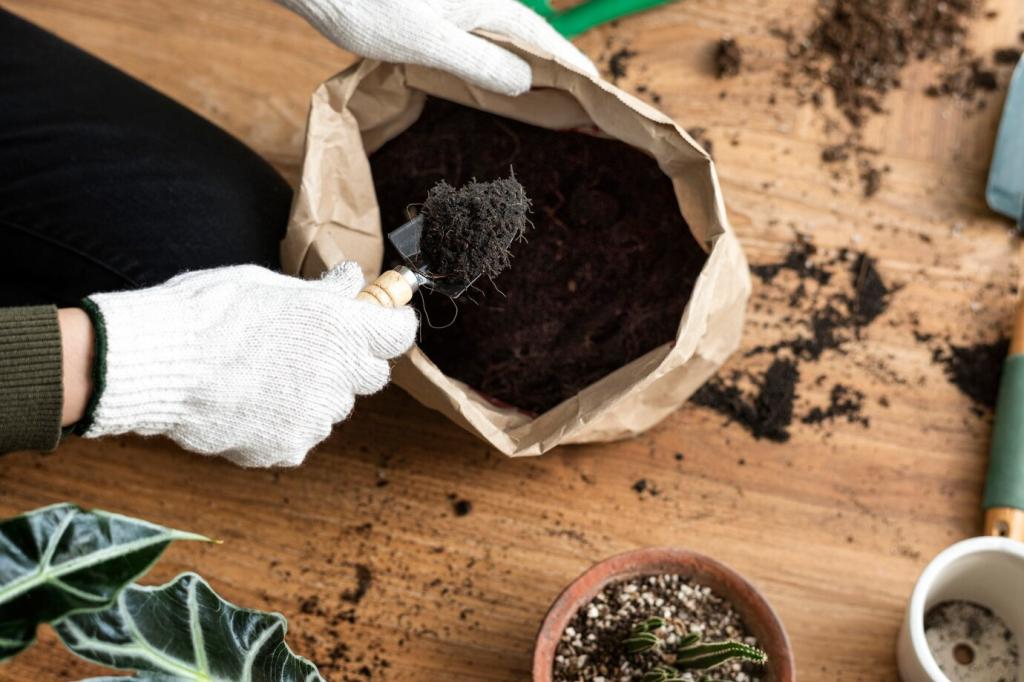
Break up clumps, add bulky browns like corrugated cardboard, and introduce airflow from the bottom. Raise the bin, stir gently, and drain any leachate. Within days, the sulfur notes should fade significantly.
Stories from Small Spaces
A renter’s rescue with shredded mail
Maya’s bin soured every Sunday after meal prep. She kept a shoebox of shredded mail beside the bin and capped each addition. Two weeks later, the hallway smelled like basil again, not breakfast.
Herbs thriving, neighbors smiling
Ken added a carbon filter and raised the bin on tiles. Airflow improved, odors dropped, and his mint stopped picking up strange aromas. The neighbor asked for compost tea—proof that fresh air wins.
Community challenge: zero-smell week
Our readers tried a week of micro-feeds capped with browns, daily vent checks, and leachate drains. Reports of fruit flies plunged, and smell complaints vanished. Try it yourself and comment with your results.
